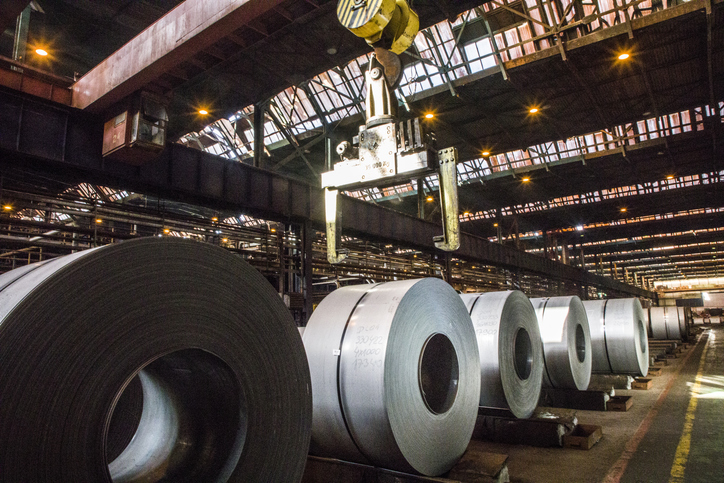
The Section 232 tariffs made it possible.
Good news for people who like news about more steelmaking taking place in America: U.S. Steel (full disclosure: a member of the Alliance for American Manufacturing) has announced it’s opening a new mill in the United States – a mini mill, to be specific.
That means it won’t be an integrated mill that makes steel from iron ore melted in furnaces fueled by coal, as are most of U.S. Steel’s facilities; it’ll instead use an electric arc furnace that melts recycled steel scrap. Therefore, the steelmaking done there will be a less carbon-intensive process.
All things being equal, this new mini mill (location TBD) is a big undertaking. When finished it will have the annual capacity to make 3 million tons of sheet steel, which is a lot. And the company says it will cost $3 billion to build this operation from scratch, but the steel market is steady enough that its executives are comfortable pulling the trigger on this expansion of its capacity. Here’s a snippet from a story on this news from the Wall Street Journal:
Industrial manufacturers have attributed recent record-high prices to high demand for manufactured goods, as well as tariffs on foreign-made steel. Strong prices and rising profits have allowed U.S. Steel to pay down debt after struggling for years with precarious finances stemming from low steel prices and high costs for maintaining its older mills.
“We have the winds at our backs. Steel prices seem to be sustainable,” Chief Executive David Burritt said in an interview.
This is an encouraging sign for the health of the domestic steel industry, just like Cleveland Cliffs (another AAM member) recent opening of a new $1 billion iron reduction facility in Toledo, Ohio. Both are significant investments, and neither would be happening without the Section 232 steel tariffs in place. After years of low steel prices, production slowdowns and intermittent workforce layoffs these tariffs – first raised by the Trump administration and now maintained by the Biden White House – have given the domestic steel industry the space to bring back mills and rehire American steelworkers.
Ultimately, that’s a good thing. And this mini mill announcement is another example of the tariffs working as intended.
